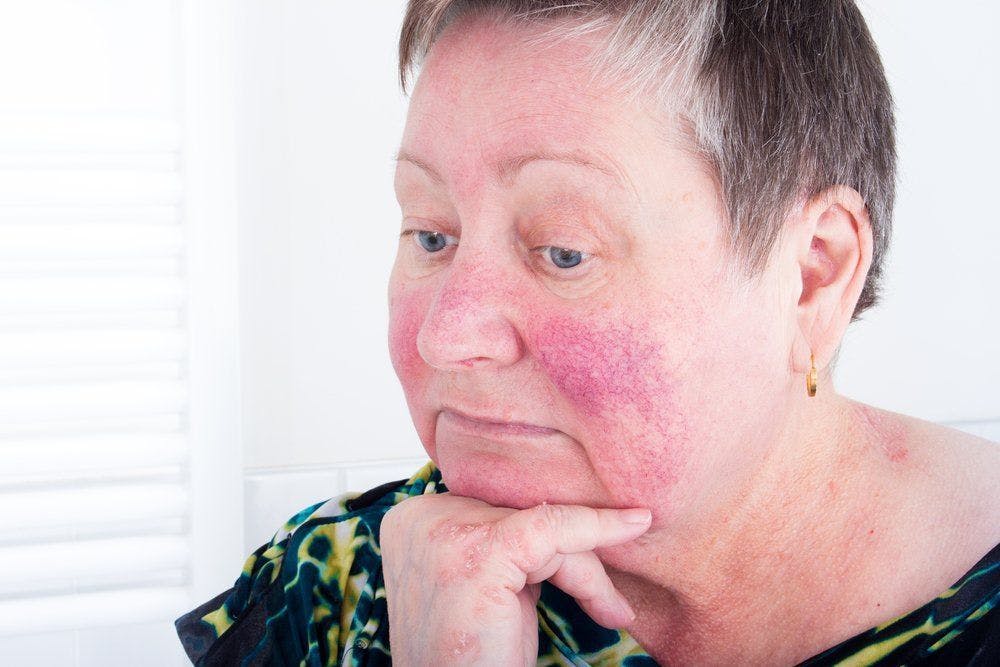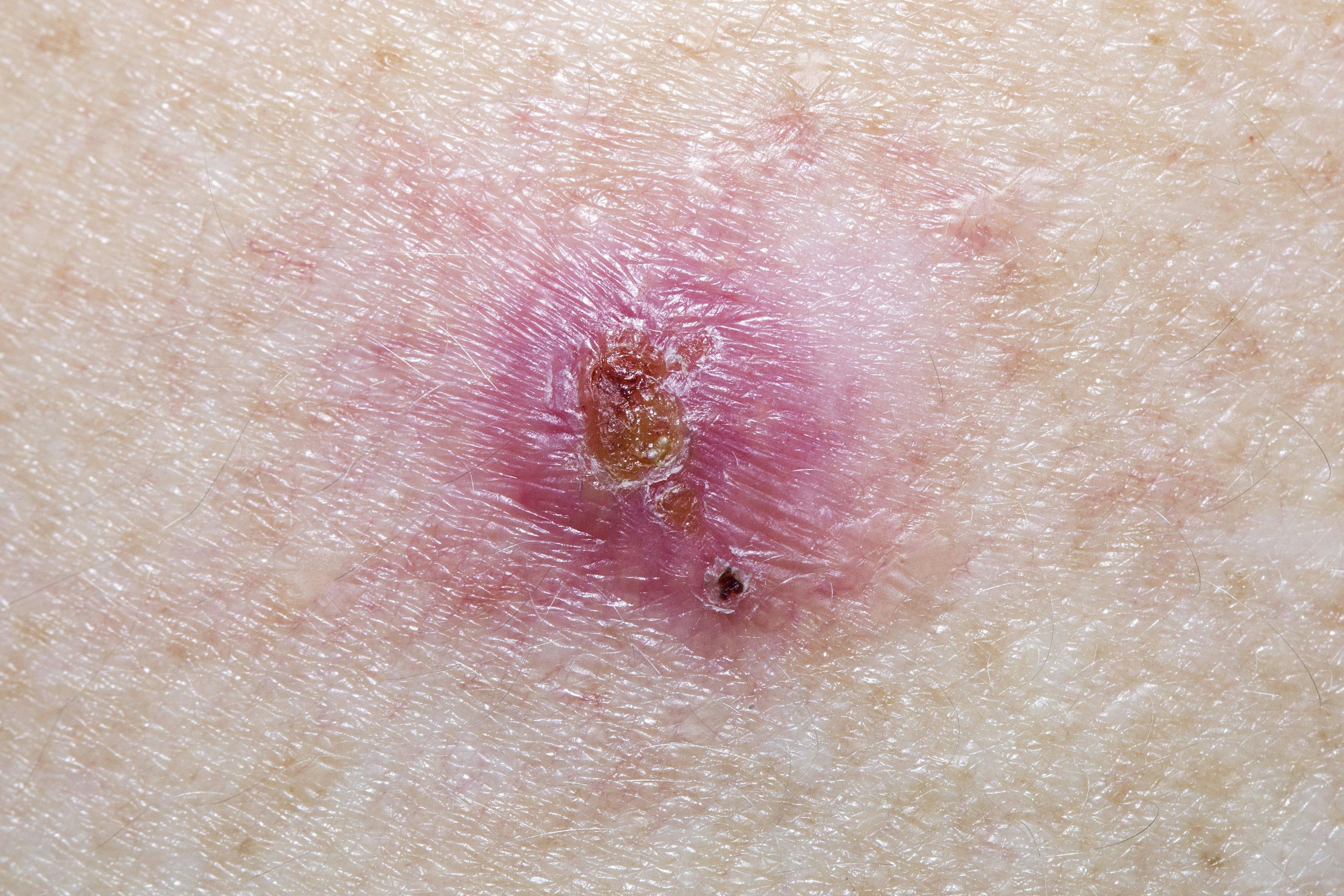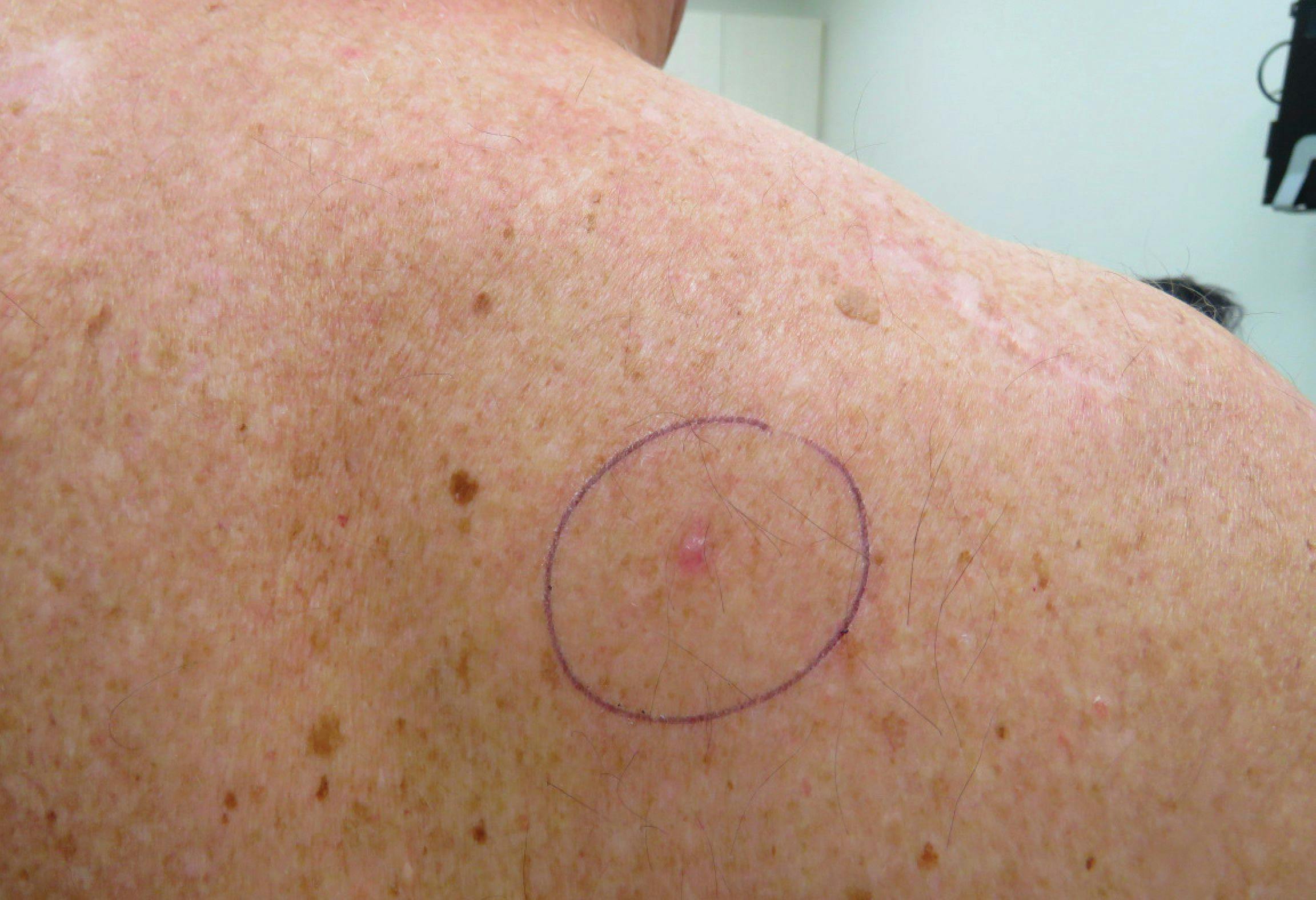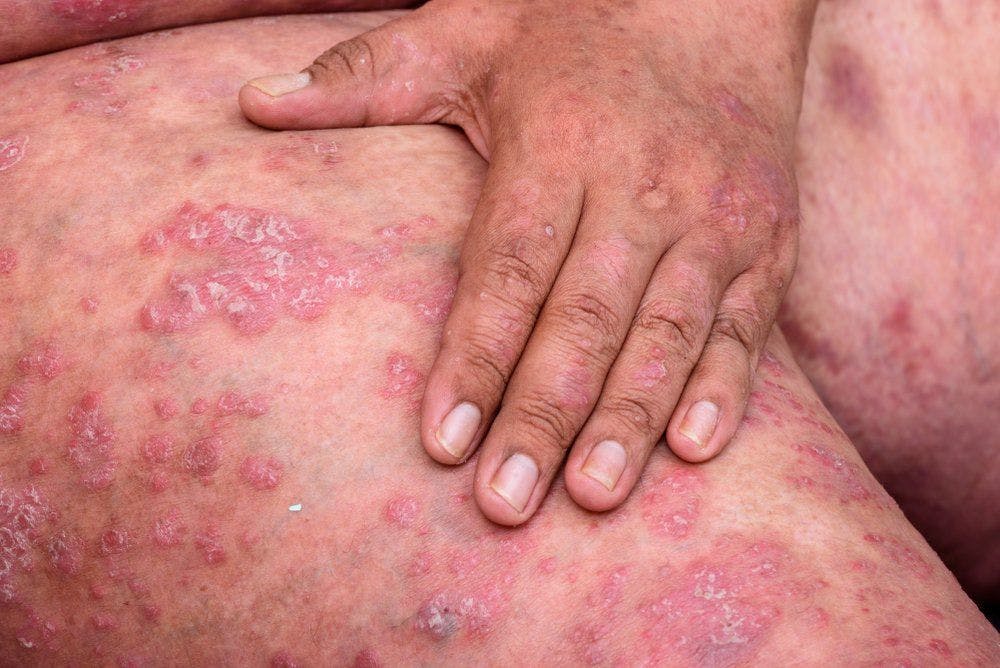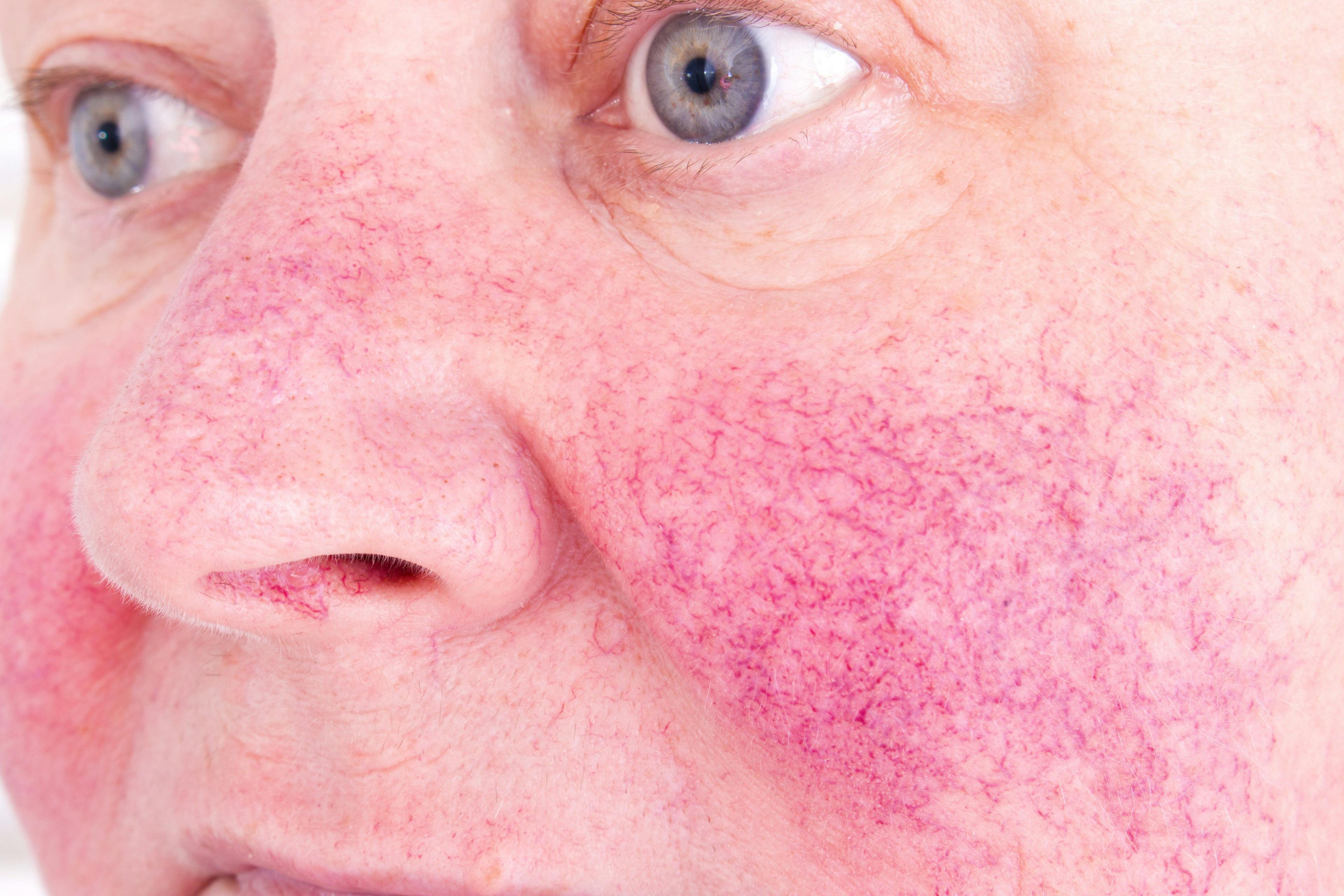- Acne
- Actinic Keratosis
- Aesthetics
- Alopecia
- Atopic Dermatitis
- Buy-and-Bill
- COVID-19
- Case-Based Roundtable
- Chronic Hand Eczema
- Chronic Spontaneous Urticaria
- Drug Watch
- Eczema
- General Dermatology
- Hidradenitis Suppurativa
- Melasma
- NP and PA
- Pediatric Dermatology
- Pigmentary Disorders
- Practice Management
- Precision Medicine and Biologics
- Prurigo Nodularis
- Psoriasis
- Psoriatic Arthritis
- Rare Disease
- Rosacea
- Skin Cancer
- Vitiligo
- Wound Care
Publication
Article
Dermatology Times
Psoriasis guidelines emphasize patient education, comorbidities
Author(s):
Current joint psoriasis guidelines from the American Academy of Dermatology and the National Psoriasis Foundation emphasize the need to help patients understand the relationship between psoriasis and comorbid conditions and the importance of seeking appropriate interventions as needed.
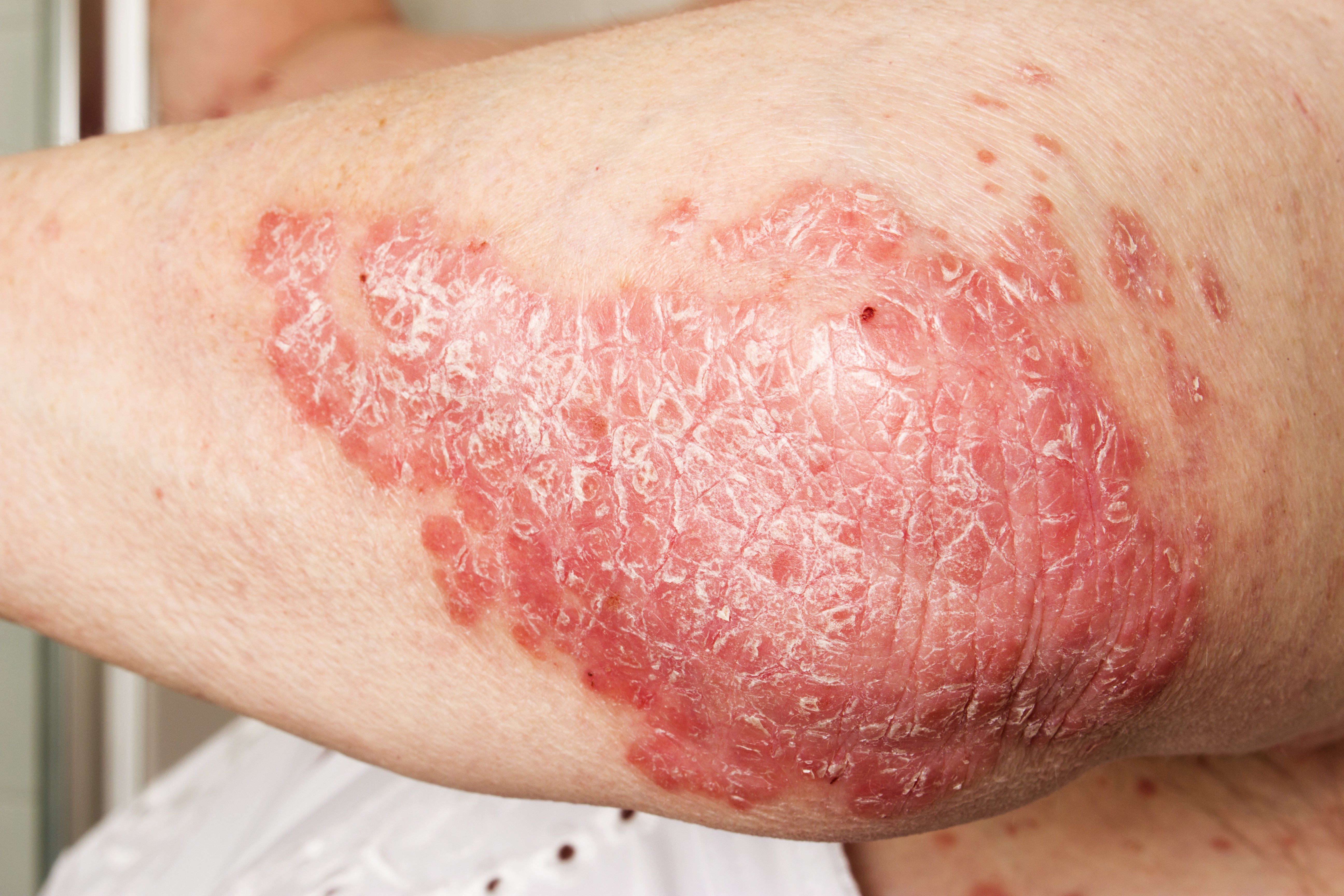
Dr. Lebwohl

Current joint psoriasis guidelines from the American Academy of Dermatology (AAD) and the National Psoriasis Foundation (NPF) emphasize the need to help patients understand the relationship between psoriasis and comorbid conditions and the importance of seeking appropriate interventions as needed.
RELATED: Psoriasis guidelines offer management pearls for pediatric patients
Psoriasis carries a specific set of comorbidities, and dermatologists are often the first doctor to see patients with psoriasis, says guidelines coauthor Mark Lebwohl, M.D. Therefore, he says, a dermatologist must often be the person who triggers patients to visit their cardiologist, internist or rheumatologist, and to pay attention to their comorbidities. He is the Waldman Professor and Chairman, Kimberly and Eric J. Waldman Department of Dermatology, Icahn School of Medicine at Mount Sinai.
Psoriatic arthritis (PsA)
Every patient should be asked about joint pain, he says.
“If patients have joint symptoms, then those need to be evaluated and treated because we are often seeing patients early in the course of psoriatic arthritis. And there’s no question that if you treat it early, patients have a better outcome.”
PsA impacts around one-third of patients with psoriasis, with an average onset time of 10 to 11 years after a psoriasis diagnosis, although it can occur at any point, even before psoriasis of the skin starts. To avoid significant morbidity that can include joint damage, guidelines stress the need for appropriate education of patients and dermatologists about the signs and symptoms of PsA and the consequences of delayed diagnosis and treatment. The fact that PsA correlates with greater risk for diabetes and cardiovascular disease underscores the importance of timely recognition and management of PsA.
As the utility of screening tools such as the Psoriasis Epidemiology Screening Tool remains controversial outside populations for which they were developed, the guidelines leave choosing particular tools up to the practitioner.
RELATED: Biologic for psoriasis temporarily impacts aortic vascular inflammation
“Simply asking if a patient has joint pains is a very easy screening tool,” Dr. Lebwohl adds.
Cardiovascular disease
Many psoriasis comorbidities lead to heart disease, and psoriasis itself is an independent risk factor for heart disease, Dr. Lebwohl says.
“While the exact mechanism of this association is unclear,” the guidelines state, “it likely involves humoral and cellular inflammatory mediators, which are also important in the generation of arteriosclerosis and other cardiovascular risk factors.”
The prevalence of hypertension, obesity, smoking and metabolic syndrome and its comorbidities, including diabetes, are all increased in psoriasis.
“We should play a role in making sure that these patients deal with their comorbidities well. We’re not going to treat their hypertension, hypercholesterolemia or hypertriglyceridemia. But we should make sure that those get taken care of by their internist or cardiologist,” Dr. Lebwohl says.
A typical 10- or 15-minute dermatology appointment does not permit going over every item on a patient’s history, he adds, but dermatologists should at least be aware of the powerful association between psoriasis and cardiovascular risk factors and disease.
Along with recommending cardiovascular risk assessment for all patients with psoriasis, guidelines suggest considering early and more frequent screening for hypertension, diabetes and hyperlipidemia in patients who are candidates for systemic therapy or have psoriasis involving more than 10% body surface area (Level B recommendations). Such patients’ risk scores should be multiplied by a factor of 1.5, and cardiovascular risk management including lifestyle modification should occur according to national guidelines.
RELATED: Guidance on transitioning psoriasis patients between biologics
Although phase 2 and 3 ustekinumab and briakinumab data revealed a potential association with major adverse cardiovascular events (MACE), most subsequent studies found no such risk. Moreover, says Dr. Lebwohl, registry data clearly associate TNF inhibitors with dramatic reductions in MACE.
“It looks like interleukin (IL)-17 blockers may do the same,” he says.
Additionally, emerging data show that these drugs may prevent coronary artery plaque formation, which he says should be associated with a reduction in heart attacks. It’s too early to tell if the IL-23 blockers will reduce MACE, Dr. Lebwohl adds, but physicians are hopeful in this regard.
Regarding metabolic syndrome, all patients with psoriasis should have their blood pressure checked against national guidelines (Level A recommendation). Level B recommendations include informing all patients with psoriasis about their increased risk for metabolic syndrome, checking all patients’ lipid levels and determining the obesity status of patients with moderate-to-severe psoriasis. For patients with body mass index Ë40 kg/m2 who fail standard weight-loss measures, consider bariatric surgery to improve comorbidities.
Inflammatory bowel disease
The increased prevalence of Crohn’s disease in patients with psoriasis impacts dermatologists’ therapeutic choices, says Dr. Lebwohl.
RELATED: Anti-TNF therapy efficacy differs by gender
“Some of the biologic treatments we use for psoriasis are also used for Crohn’s disease (ustekinumab, adalimumab, infliximab and certolizumab pegol); some of the biologics we use have been associated with an increase in inflammatory bowel disease (IL-17 blockers)," he says.
Mental health
The risk of depression and suicidal ideation in patients with psoriasis is not entirely clear, Dr. Lebwohl says.
“But because that risk is of concern, it calls into question the association between the use of brodalumab, which has a risk-minimization program, and suicide," he notes. "There’s actually significant evidence accumulating that the suicides seen in the brodalumab trials were not related to the drug itself.”
Disclosures:
Dr. Lebwohl has been an investigator and advisor for most biologic therapies available for psoriasis. All payments for research go to his employer, the Icahn School of Medicine at Mount Sinai, and he receives no personal direct compensation from the manufacturers of biologic therapies.
References:
Elmets CA, Leonardi CL, Davis DMR, et al. Joint AAD-NPF guidelines of care for the management and treatment of psoriasis with awareness and attention to comorbidities. J Am Acad Dermatol. 2019;80:1073-1113.

Newsletter
Like what you’re reading? Subscribe to Dermatology Times for weekly updates on therapies, innovations, and real-world practice tips.


